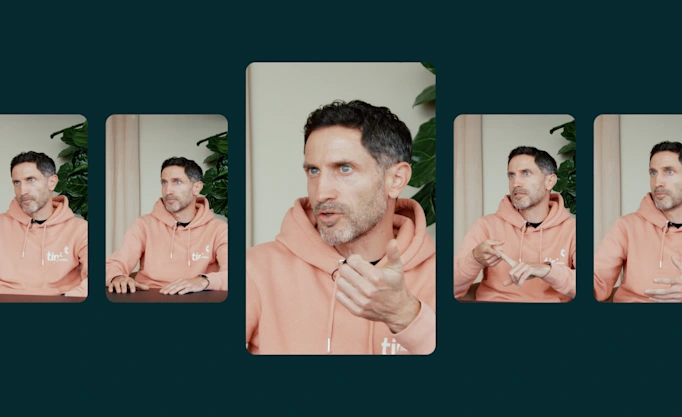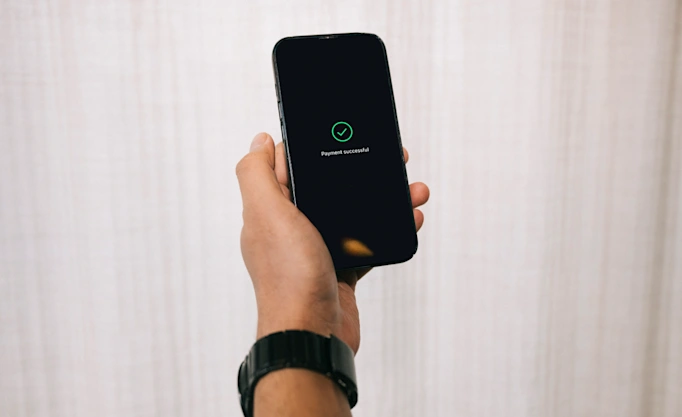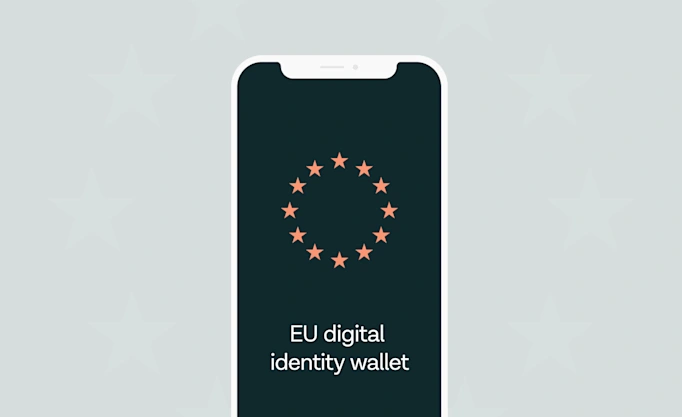5 tips for launching a bank and fintech partnership

After reaching a commercial agreement, the bank and fintech are feeling pretty comfortable together. A commitment has been made and everyone’s clear about where the relationship is headed. The next step – making the collaboration fruitful – is not always straightforward. Here are five tips we’ve refined for when it’s time to get a product to market.
Integration and implementation can be a complicated process, which makes it peppered with opportunities for things to go wrong. Strong collaboration is a must if you want to come out the other side with your relationship intact.
Sharing ideas, having a vision of what you want to do, and agreeing on deliverables are all good, but like any partnership, communication needs to be constant to avoid failure. We always advocate for a joint approach that gives everyone the best chance of getting an exceptional product over the line – and here are our top tips to get there.
1. Make sure you’re on the same page
The first step is understanding and agreeing on what you want to accomplish, and when each deliverable has to happen. It needs to be clear who is the go-to person, and who is responsible for each part of the process. This way, everyone knows exactly who to contact if there is an issue, and it leaves little room for misunderstanding.
The first step of implementation and integration shouldn’t be focused solely on the end product – it has to be about what you need to achieve together to get there.
2. Keep an open (and frequent) line of communication
Agreeing on development specs and going back to separate corners to create different parts of the puzzle is a strategy that wouldn’t leave us feeling very optimistic about the outcome of the partnership. Which is why we don’t do it.
Everyone might be working as agreed, but as the weeks and months go by, discussions can happen internally at either end that changes how things are interpreted. You can’t expect to come back together at some magical date in the future when everything will just work. We’re much happier finding out about significant changes after a week, rather than three-to-six months down the line.
3. Make space for the occasional face-to-face
Whether the bank and fintech are around the corner from each other or are oceans apart, carving out the time to be together in person is the best way to raise challenges and solve problems.
Taking the time for the fintech to be physically present at the bank – talking the project through and answering the questions that come up during the integration process – means you can ensure the right people are engaged in finding a solution. It also often means getting more time with those responsible for the bank’s roadmaps and vision for the product.
Being able to get a range of people in a room to explain the benefits of option A or B, get feedback and make decisions really helps move the project forward.
Having a good mix of in-person meetings, and ad hoc and regular conference calls to align on topics and deliverables makes all the difference.
4. Define responsibilities – and take ownership
For every deliverable, it has to be clear on both sides what the challenges are and what is required – so everyone understands the process and knows exactly what they are expected to do. For example, a fintech can easily deliver an API product, but if they don’t understand the bank’s challenges at the outset, there will be issues further down the line.
The bank counts on the fintech for the knowledge and experience of open banking technology that they don’t have in-house – so the fintech has to be responsive and take responsibility for it. This could mean running workshops to show the bank’s technical managers how to connect to their API, and how to build the connector.
We recommend working with a pragmatic approach that is open to feedback and alterations from both sides – but it’s important for everyone to know where responsibilities lie, and commit to seeing their part through.
5. Align work cycles
By communicating how you work as a company, you can really get to know the other party well. And more importantly, understand their governance and development cycles.
A fintech typically works at a fast pace, with weekly development cycles. Banks might work in terms of quarters, with release points four times a year – usually with more barriers and requirements thrown into the mix, meaning much longer timelines for deliverables.
Making sure the processes are aligned between these two different worlds is essential.
A solid foundation for a happily ever after
When you have a close-knit relationship, it dramatically reduces the risk of there being any incidents when the happy couple’s big day arrives – bringing a new product into the world.
Being aligned on the purpose of what you are doing – and constantly pushing and learning from each other – results in faster and smoother implementation, which is a great start to the journey that your two businesses are sharing ahead.
Explore opportunities
If you'd like to explore more about how we can build the future of financial services together, please reach out to us at any time. We’re happy to hear from you.
More in Open banking

2025-06-09
11 min read
The case for “Pay by Bank” as a global term
Thomas Gmelch argues that "Pay by Bank" should be adopted as a standard term for open banking-powered account-to-account payments to reduce confusion, build trust, and boost adoption across the industry.
Read more

2025-06-02
3 min read
Tink joins Visa A2A – what it means for Pay by Bank and VRP
Visa A2A brings an enhanced framework to Pay by Bank and variable recurring payments (VRP) in the UK, and Tink is excited to be one of the first members of this new solution.
Read more

2024-11-19
12 min read
From authentication to authorisation: Navigating the changes with eIDAS 2.0
Discover how the eIDAS 2.0 regulation is set to transform digital identity and payment processes across the EU, promising seamless authentication, enhanced security, and a future where forgotten passwords and cumbersome paperwork are a thing of the past.
Read more
Get started with Tink
Contact our team to learn more about what we can help you build – or create an account to get started right away.
